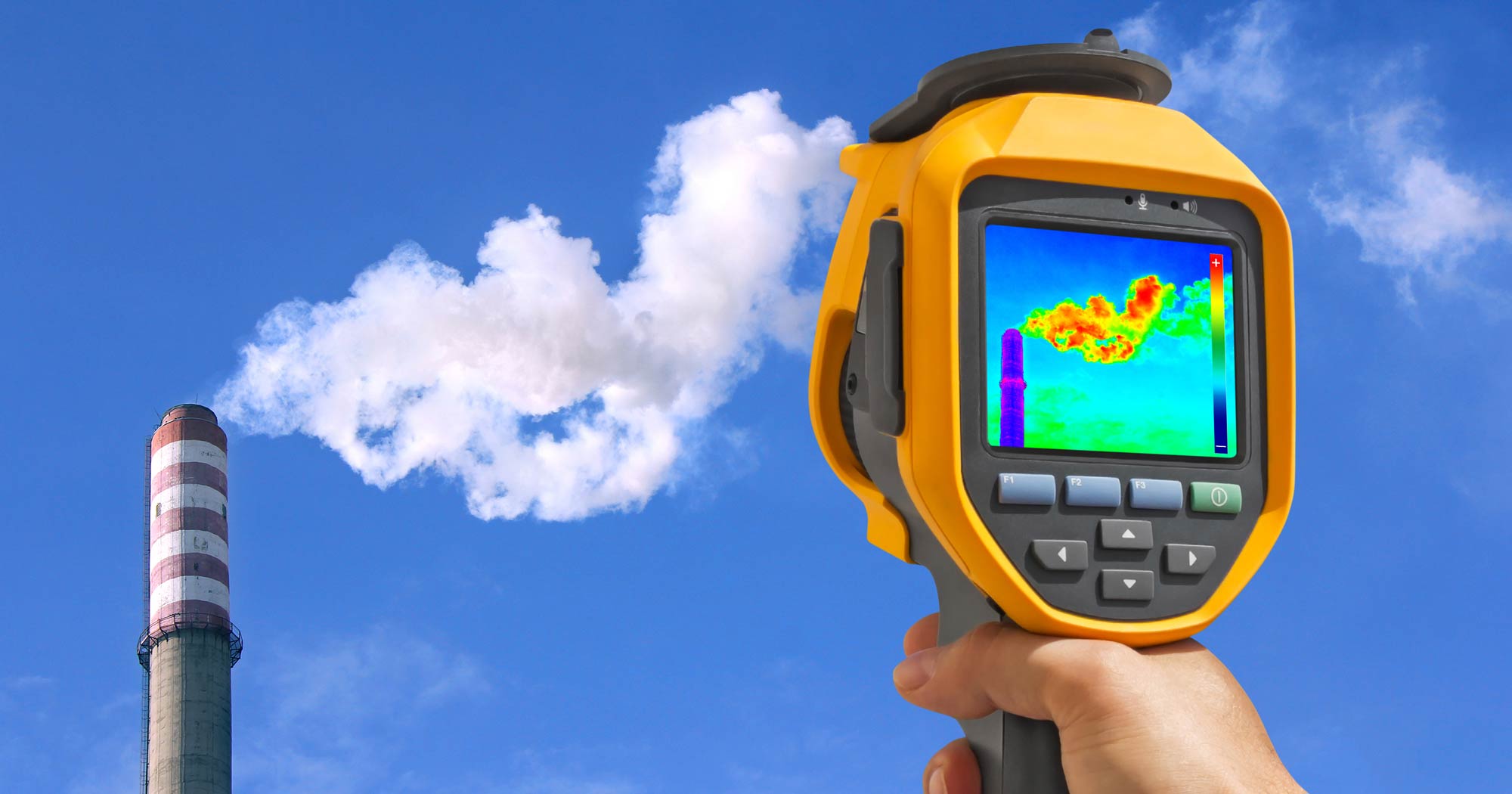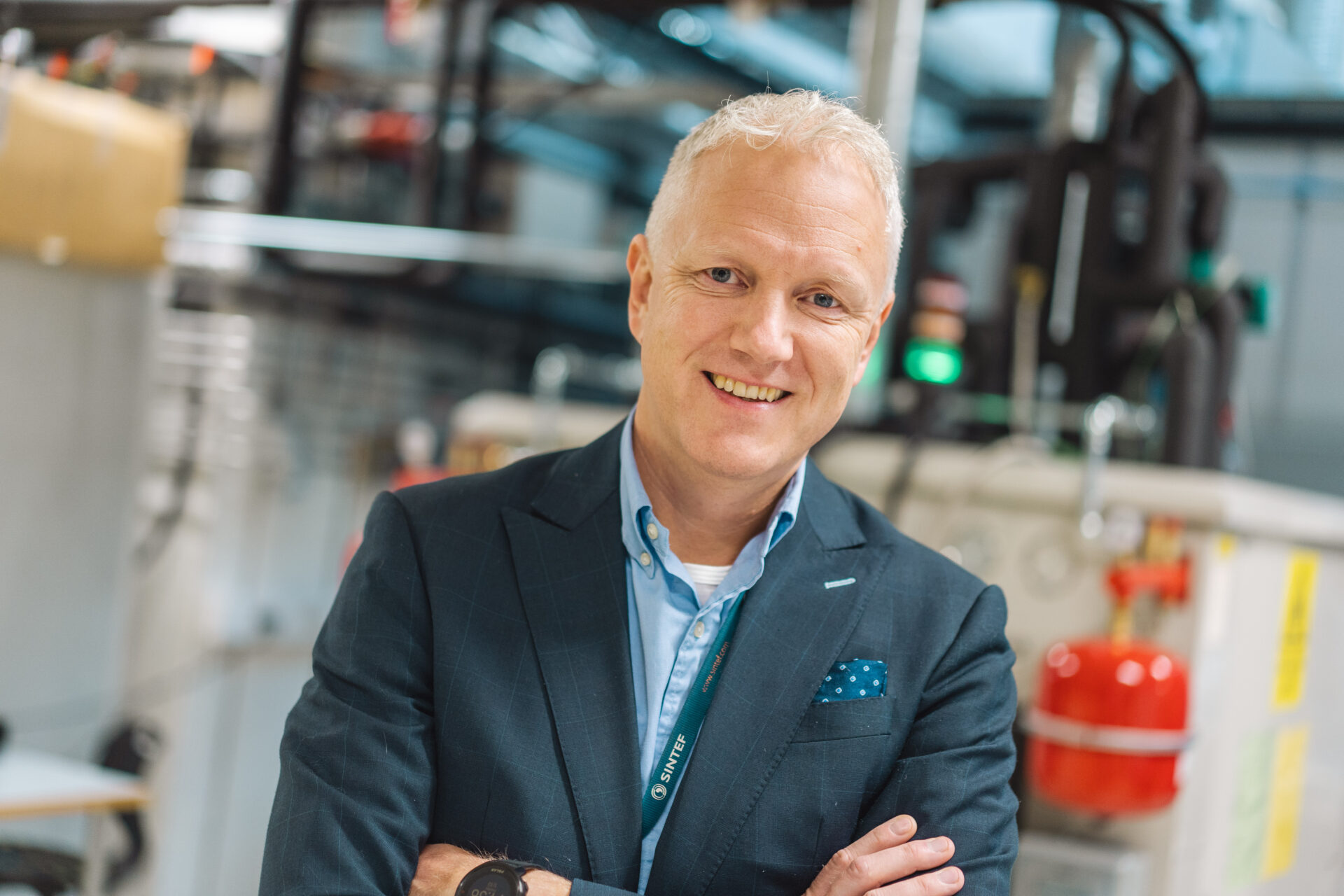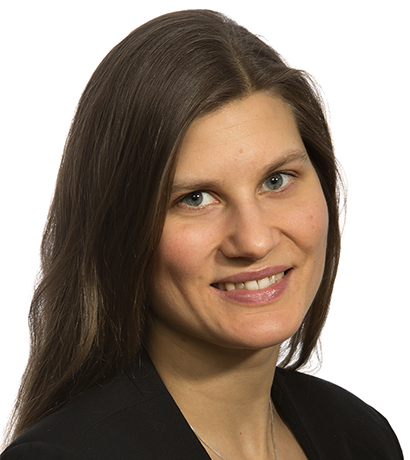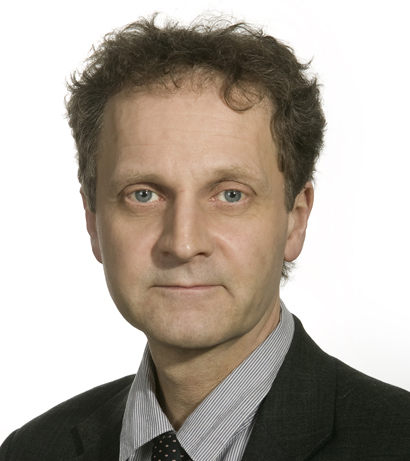Grid companies today have an obligation to provide a connection to anyone who asks for it. This is regulated through the Norwegian tilknytningsplikten (literally: connection obligation). If offering the connection by means of the existing grid is not possible, the grid company has to make the necessary investments. Responsibility for the costs can fall on both the grid company and the company needing the connection. Currently, the Norwegian Ministry of Petroleum and Energy is examining, through the Strømnettutvalget (Power Grid Committee) several possible measures to upgrade the grid more rapidly. One of the areas they are looking at is possible improvements to the connection obligation system.
Research centre HighEFF delivered in 2021 its consultation response to the Norwegian Parliament’s call for input about the requirements for cost-benefit analyses for the utilisation of excess heat from thermal power plants, industrial facilities, and data centres. We believe that some of this input may also be relevant to the Power Grid Committee. Excess heat, in particular, can be used as a resource for the development and increased efficiency of other nearby industries – in this way, we can use the energy as efficiently as possible and reduce the need for power grid upgrades.

From waste heat to excess heat
In its consultation response, HighEFF points out that we should change our vocabulary when referring to excess energy. All industrial processes have some level of energy loss, and in most cases this energy consists of heat which does not get used internally as part of the industrial process. This loss is usually referred to as waste heat – heat that gets released into the environment. In our opinion, this heat should be referred to as excess heat, because this will make it easier to require such energy to be made available for other purposes.
Excess heat represents a significant potential for new value creation, and can reduce the industry’s need for electricity – for example by covering buildings’ heat needs through water borne heating systems that can collect and distribute the excess heat.
New power-intensive industries
Many initiatives have been launched these past few years in Norway to establish new power-intensive industries like data centres and battery factories. The need for data centres grows in tandem with the need for processing power, which has increased exponentially during the last decade. In a future with an increasing number of digital solutions, the need for processing and storing data will continue to grow. The need for energy will follow, since data centres need enormous amounts of electricity to run and cool down their servers. Data centres also generate a lot of excess heat, but this heat is at a relatively low temperature level, which means that it must be used nearby.
Data centres’ energy efficiency is measured by means of a ratio called Power Usage Effectiveness (PUE), which shows what portion of the energy goes to the operation of the servers. A low PUE means that the data centre uses little energy for other purposes (these other purposes mainly having to do with cooling). If a data centre uses little energy for cooling because it dumps excess heat in a fjord (for example), it can currently boast a very good PUE score and be considered very energy efficient, despite not utilising the energy it consumes in an optimal manner.
Another new power-intensive industry we hear about in Norway is battery manufacturing. The further electrification of society means that demand for batteries will increase. But manufacturing batteries is an energy-intensive process. Because Norway has a stable climate, low temperatures and access to inexpensive, renewable electricity, it constitutes an attractive location for both data centres and battery factories. Over 80% of the energy consumption of a battery factory goes to drying electrodes, and to maintain dry conditions in the production room. With high-temperature heat pumps, excess heat can be redirected to the drying process, thereby reducing the need for electricity – and for grid upgrades.
Data centres need good neighbours
The technology chosen to leverage the excess heat has a decisive impact on what the heat can be used for. The most efficient way to use the heat is at the highest possible temperature level.
When the Power Grid Committee evaluates how to improve the tilknytningsplikten (connection obligation) we see it as natural that energy-intensive industry gets positioned in locations that make it possible for the excess heat to be used by nearby factories or communities. This can mean that such industries should be located in places where, in addition to good grid capacity, there is also district heating infrastructure or other industries that can make use of the excess heat.
What about existing power-intensive industry?
We should also examine whether it’s possible to set requirements for existing power-intensive industries that have excess heat, even if they already have a connection to the grid. We are in the midst of a green transition, where sustainability is becoming a precondition to all activity. For power-intensive industry, this means not only reducing their energy use, but also using the energy more efficiently.
HighEFF is developing new technology to collect industrial excess heat, and is mapping out new possibilities for its utilisation. One of the concepts under study is to use excess heat from aluminium production to dry kelp and other seaweed. Once dried, the kelp could be used to produce carbon-neutral reducing agents (biochar) for metal production, or biofuels for the transport industry.
Smart consumption is just as important as grid capacity
Even though the Power Grid Committee’s mandate is to find out how we can best improve capacity, faced as we are with increasing consumption, we believe that efficient electricity use is just as important. We are therefore challenging the Committee on two aspects.
One drastic but targeted measure would be to let the “polluters” pay. Polluting in this context would be releasing heat into the environment; in other words an inadequate use of available resources. This would entail a new understanding of the concept of pollution with regard to energy use: that releasing energy unused is “energy pollution”, and that it has a cost. The circular economy is also about energy flows, not just materials.
The Norwegian Energy Act (Energiloven) currently treats electricity and heat very differently, as there is no connection obligation for heat. This means that industries producing excess heat are not obligated to deliver it to existing district heating networks. When the Power Grid Committee evaluates which measures will ensure the fastest expansion of the grid, we ask that they also consider measures that can relieve the grid by reducing the need for electrical capacity.











Comments
No comments yet. Be the first to comment!